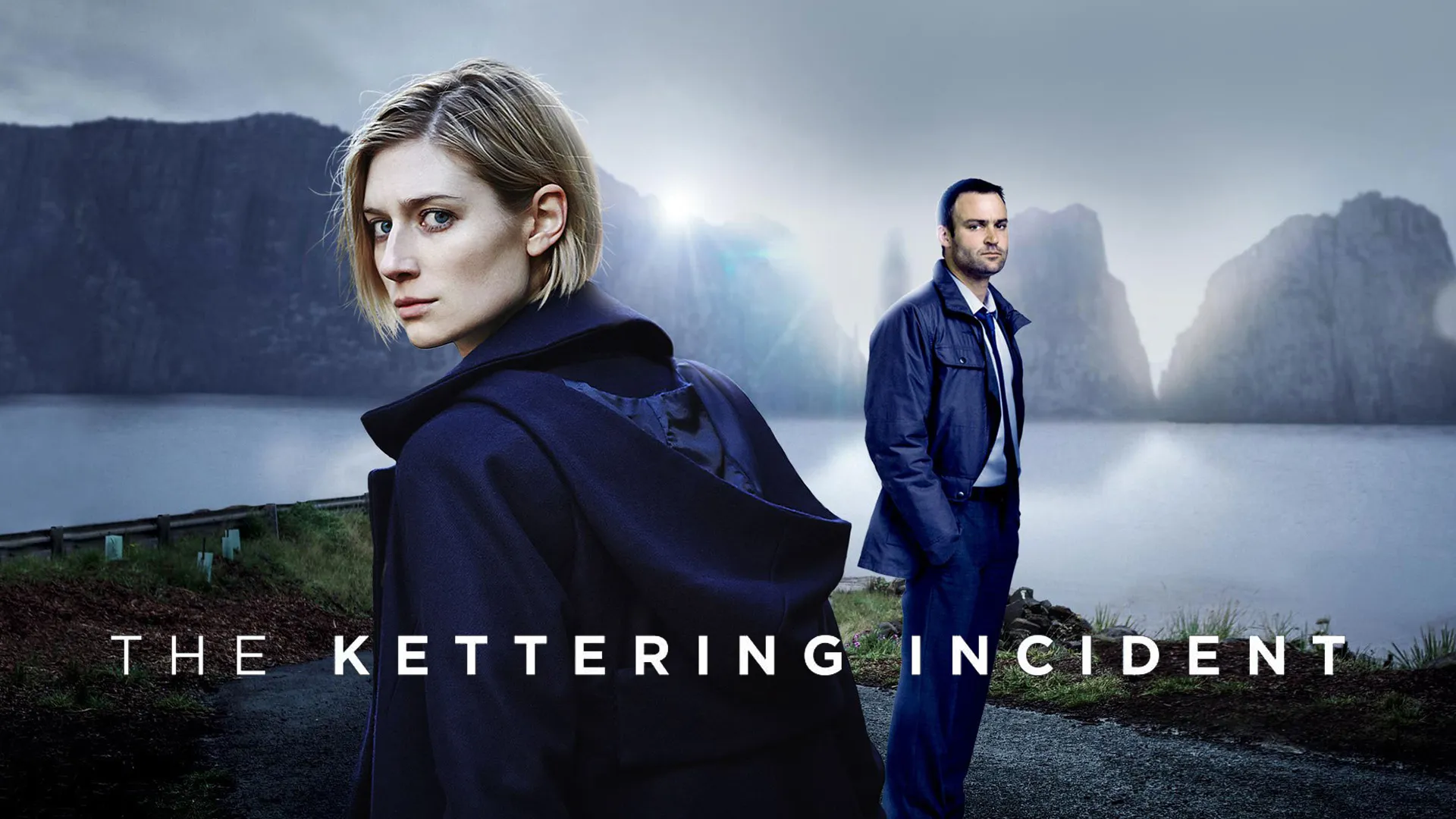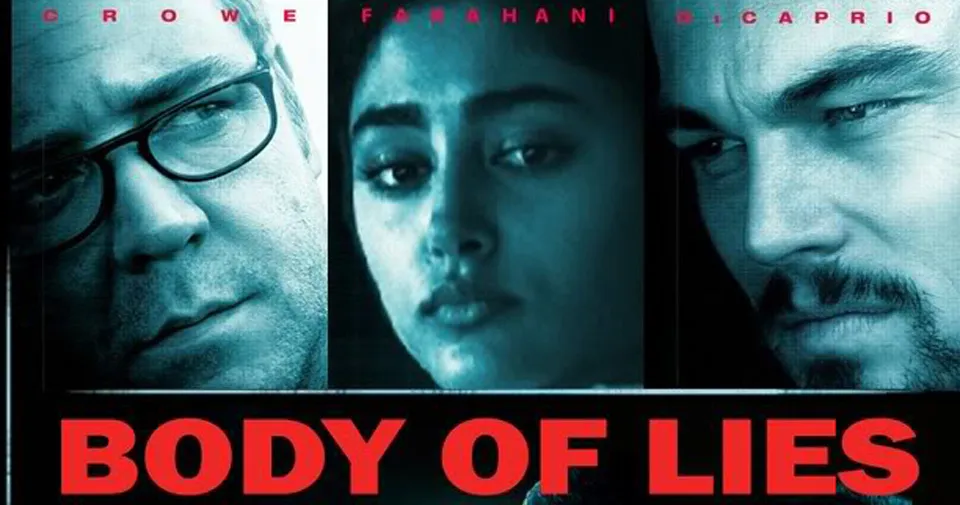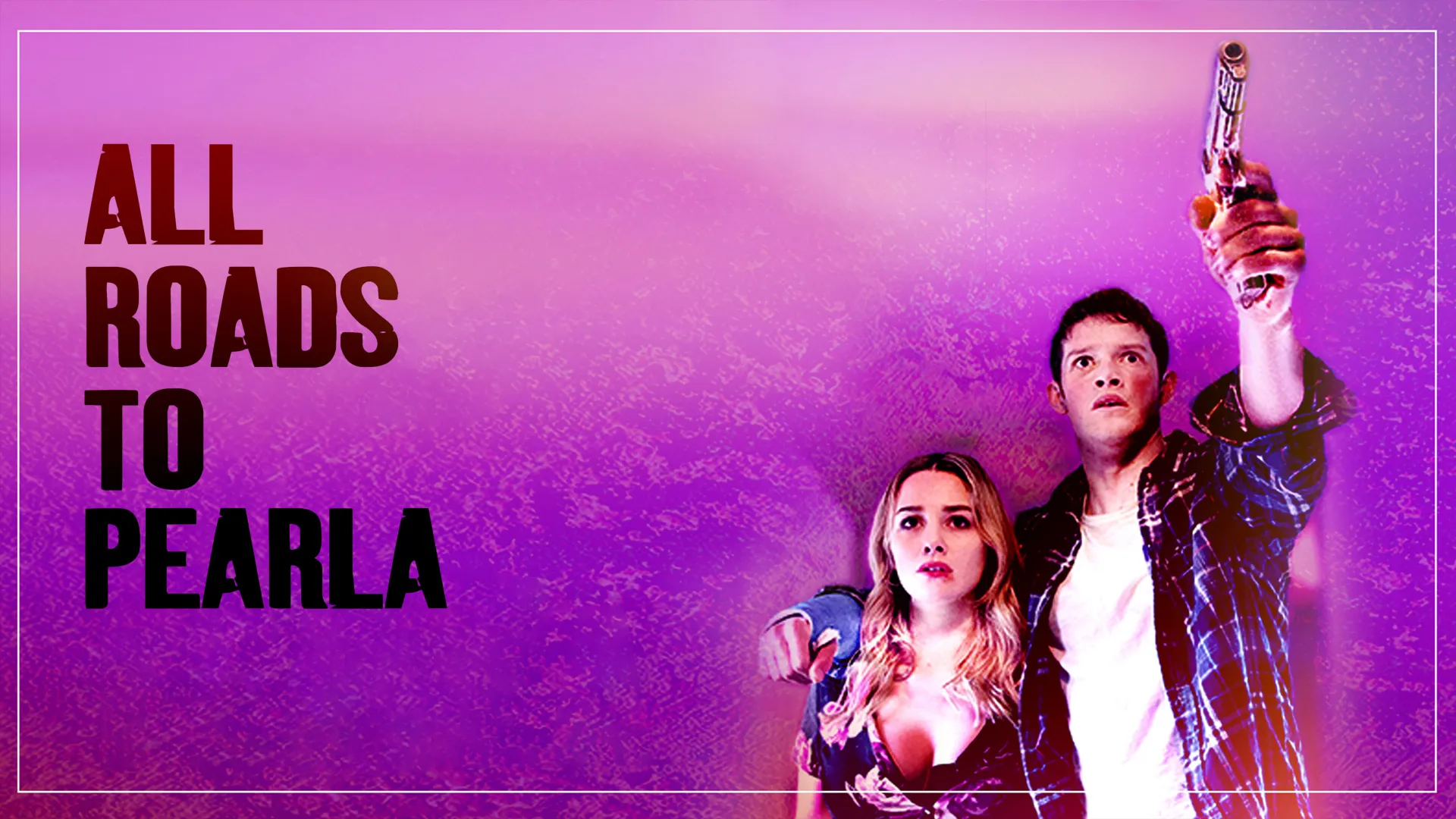A Vision Fully Realized
In 2021, after years of fan demand and behind-the-scenes controversy, Zack Snyder’s Justice League was released to critical acclaim and audience enthusiasm, transforming what was once a fragmented theatrical release into a sweeping four-hour epic. This director’s cut not only restored Snyder’s original vision but also elevated the entire narrative, tone, and emotional resonance of the DC Extended Universe.
The film picks up after the death of Superman (as seen in Batman v Superman: Dawn of Justice), with Bruce Wayne (Ben Affleck) and Diana Prince (Gal Gadot) seeking to assemble a team of metahumans to protect Earth from a looming cosmic threat. This time, the threat feels truly menacing. Steppenwolf is no longer a generic villain — he’s a tortured lieutenant of the dark god Darkseid, seeking redemption through conquest. His brutal mission to collect the three Mother Boxes sets the stage for a race against time.
Unlike the 2017 theatrical version, Zack Snyder’s Justice League gives each member of the League the attention they deserve. Victor Stone / Cyborg (Ray Fisher) emerges as the emotional core of the film, his tragic backstory deeply intertwined with the plot. Barry Allen / The Flash (Ezra Miller) brings both levity and breathtaking power, culminating in a time-reversing sequence that became one of the film’s most iconic moments. Arthur Curry / Aquaman (Jason Momoa) and Diana are given more depth and dignity, and Bruce Wayne shines as the brooding, determined architect of hope.

Snyder’s version is darker, more mythological, and more cohesive. Told in six chapters (plus an epilogue), the pacing feels deliberate, allowing for world-building, character arcs, and philosophical depth. Themes of sacrifice, faith, and rebirth thread through the story, culminating in Superman’s resurrection not just as a plot device, but as a symbolic moment of renewal.
Visually, the film is stunning. Snyder’s signature style — slow-motion action, high-contrast imagery, and epic scale — is fully unleashed. The new score by Tom Holkenborg (Junkie XL) replaces Danny Elfman’s 2017 composition with something more intense and operatic, matching the film’s grandeur.
The “Knightmare” epilogue offers a chilling glimpse into a dystopian future, where the Justice League is broken, and Darkseid has won. This tantalizing scene teases what could have been in future sequels, introducing Jared Leto’s Joker in a rare team-up with Batman.
More than just a movie, Zack Snyder’s Justice League became a cultural moment. It was the result of a passionate fan movement (#ReleaseTheSnyderCut), a studio’s gamble on streaming, and a director’s unflinching dedication to his creative vision. It was a reclamation — not only of a film, but of a legacy.
Critics and fans alike praised the Snyder Cut for its maturity, character development, and epic scale. It stands today as one of the most unique accomplishments in superhero cinema — a reminder that art, when left unfiltered, can soar.



-1751708674-q80.webp)